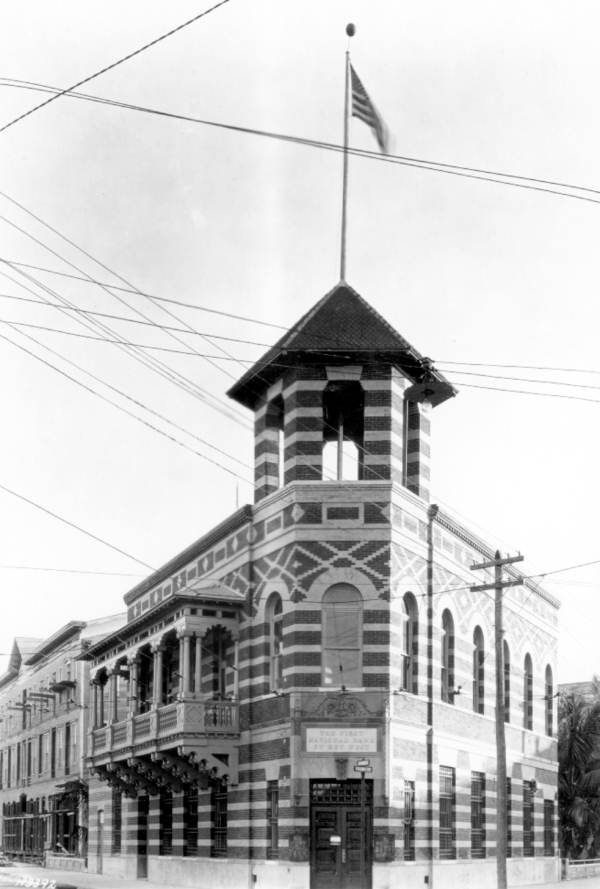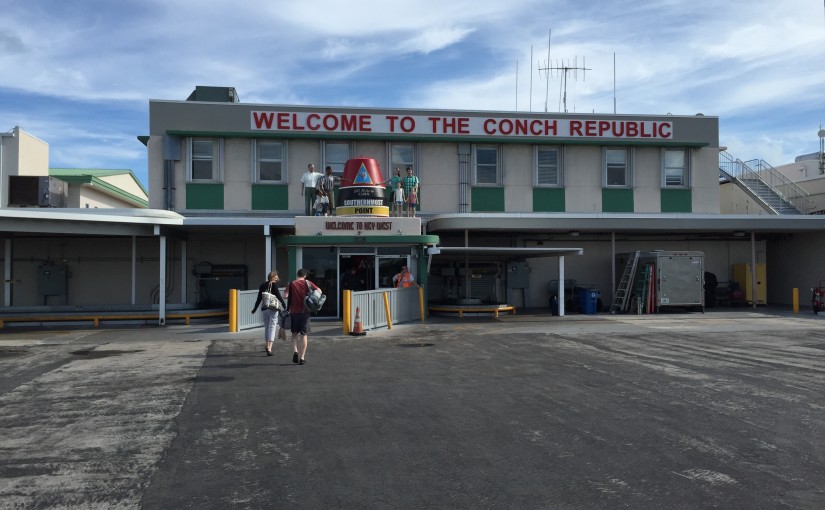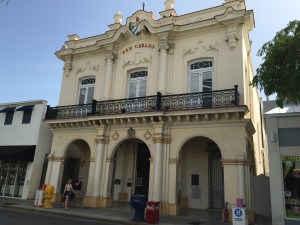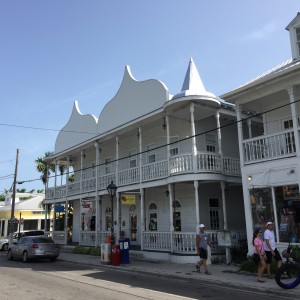’The wind was a special wind this night and the darkness took on a special feel because it was All Hallows Eve. Everything seemed cut from soft black velvet or gold or orange velvet. From kitchen windows drifted two pumpkin smells; gourds being cut, pies being baked.” From ‘The Halloween Tree”, by Ray Bradbury, one of Peter’s favorite sci-fi and short story writers.
In the paper this morning there was a whole page article on spooky sports costumes. One was Tom Brady and Deflate Gate. Tom Brady at a news conference in his ski cap and a toddler dressed like a deflated football. The next was two siblings dressed like National baseball players who engaged in a little strangulation tussle in the dugout during the team’s September slump. They said it helped if the siblings didn’t like each other. How horribly cute.
In Elementary School, I used to stop at Chapels Five and Dime and look at all the costumes, but I knew my father wasn’t going to spring for any of them. So when I went Trick or Treating, I usually ran into the house about dusk and quickly pulled together one of three standard looks: ghost, witch, or hobo (no princesses or superheroes) and got a big brown grocery bag; quality of the loot not as important as quantity. Then we set out to scour the island: no parents in tow. We were in large groups. Kids usually traveled that way. One lady always invited us in for cocoa and popcorn balls. And there were a few haunted houses along the way. At the end of the night, we went home and spread out all our candy on the floor and gloried in our night’s take. And there were always some pennies from houses where they had forgotten to buy candy. No one dares not leave his or her lights on.
In Mexico, they have a lovely and related tradition. November 2nd is El Dia de los Muertos (The Day of the Dead), a day on which the living remember their departed relatives. In the afternoon, families meet at the cemetery, clean up grave sites, play cards, listen to the village band and tell stories about their departed loved ones. In our church, we have All Saints Day when we similarly honor our elders.
When I was a child, my mother and father always took my brother and me to the family gravesite at Easter and Christmas. Mom always put flowers on the graves. There was a well to get water from at the edge of the plot. Now they have all been sealed up for safety. The oldest graves were my great-grandfather’s and great-grandmother’s graves: Richard Curry and Matilda Jane Lowe born in the 1830’s. The graves were unmarked, but my mother had told me who was buried there. Peter and I put headstones on their graves with the dates that had been recorded at the Monroe County Library. My mother always looked for her father’s grave, but never found it. He was buried in Potter’s Field somewhere. He was a night watchman in his elder years and was knifed by a burglar and died soon after. I remember seeing my mother just staring out the window on the day he died.
At Christmas, I’m going to invite all the family to go whitewash the graves, make the writing on the headstones more visible, and clean the yard. Wish me luck.






